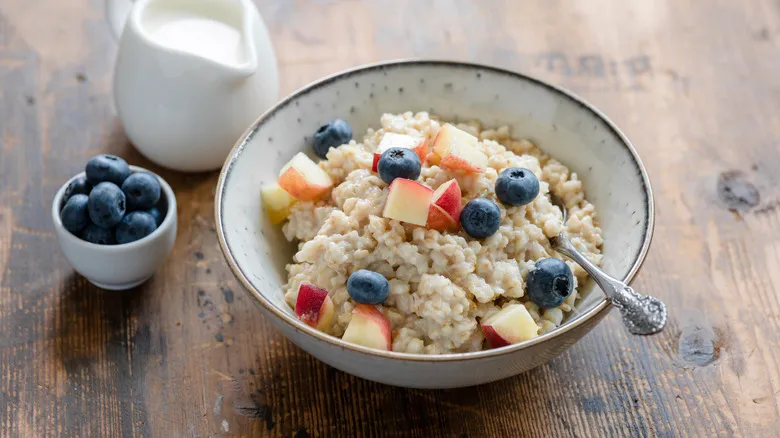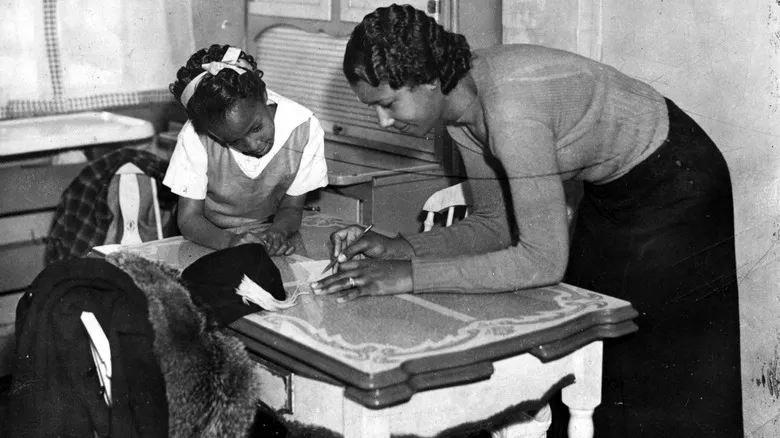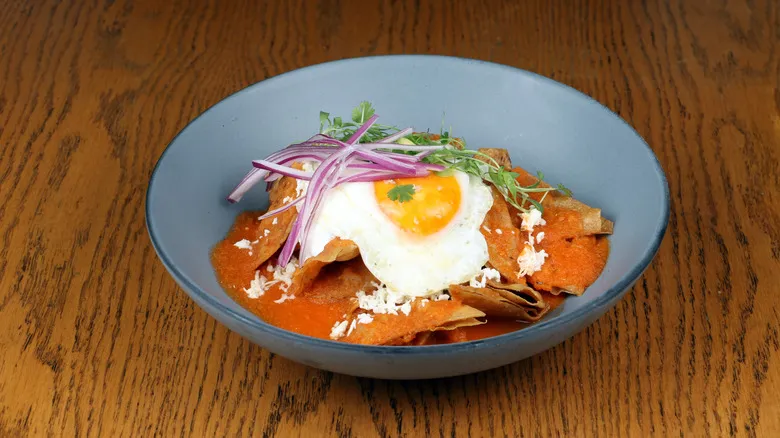Breakfast in the 20th century

Many of us find it hard to envision a world where cereal isn't a staple breakfast choice. However, just a century ago, it was a relatively novel idea. The creation of cereal didn't occur until 1900, and despite being a new product, it quickly gained popularity, leading to the establishment of numerous companies within just a few years.
In restaurants, breakfast was typically quite light, often consisting of bread or rolls accompanied by fruit, coffee, or juice. More substantial breakfast options might have included cornmeal, whole wheat pancakes, and muffins served with marmalade. Hearty meals like these were generally enjoyed by those engaged in more physically demanding jobs, while lighter breakfasts were favored by individuals in white-collar, lower-stress occupations.
Employment and social class also played a significant role in shaping breakfast choices as manufacturing expanded across the nation, particularly in food processing. Additionally, waves of immigrants brought their culinary traditions with them, introducing European pastries, huevos rancheros, and bagels with lox as breakfast options during this era—many of which continue to be popular today.
Recommended

What Was The Final Meal Served On The Titanic?

Grocery Lists Looked A Lot Different In The 1950s

Migas Vs Chilaquiles: What's The Difference?

What Exactly Are Fish Balls Made Of?
Next up

